Final Exam Study Guide
1/66
There's no tags or description
Looks like no tags are added yet.
Name | Mastery | Learn | Test | Matching | Spaced |
|---|
No study sessions yet.
67 Terms
Rigaud, Portrait of Louis XIV in his Coronation Robes, Baroque
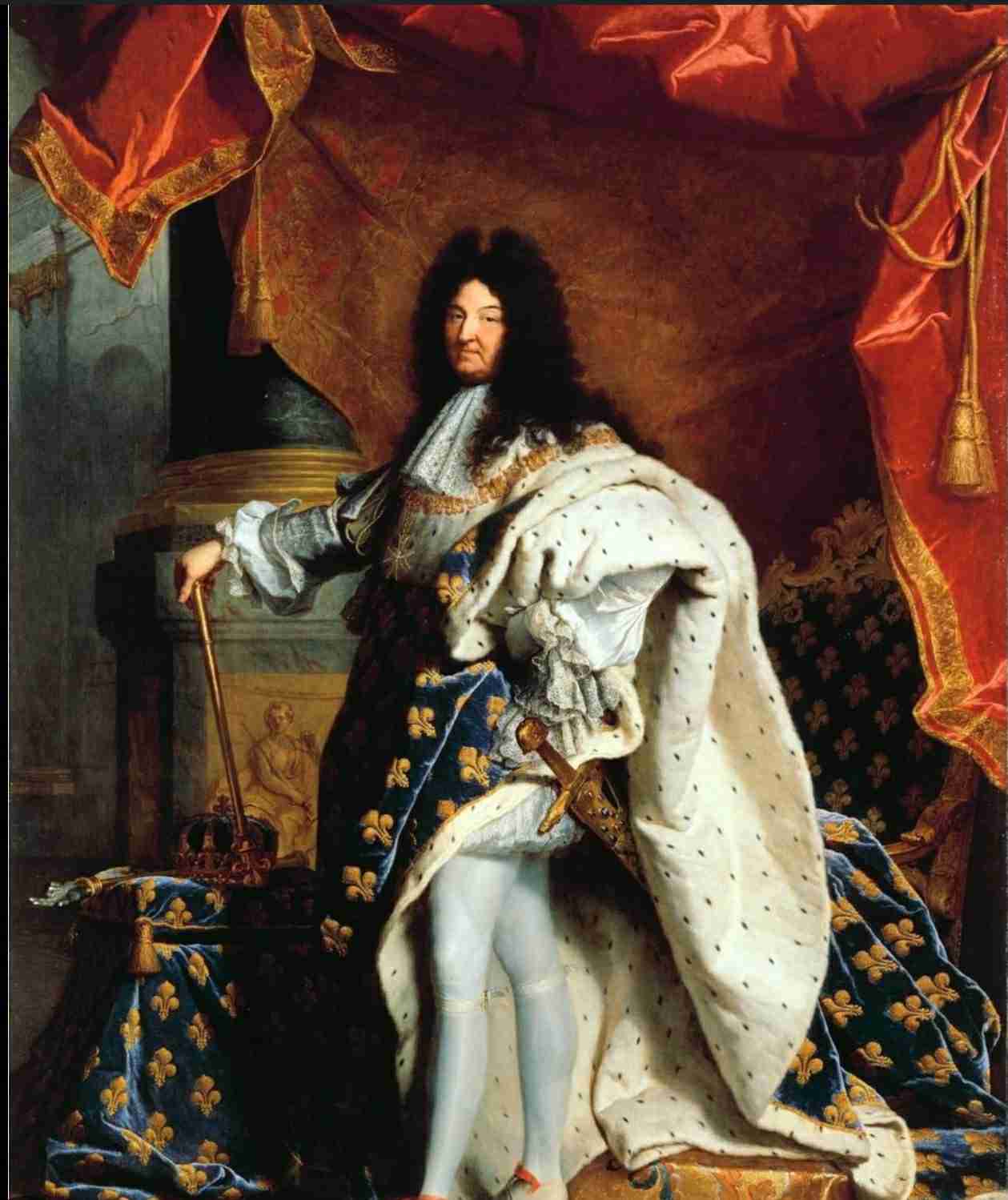
Watteau, Pilgrimage to the Island of Cythera, Rococo
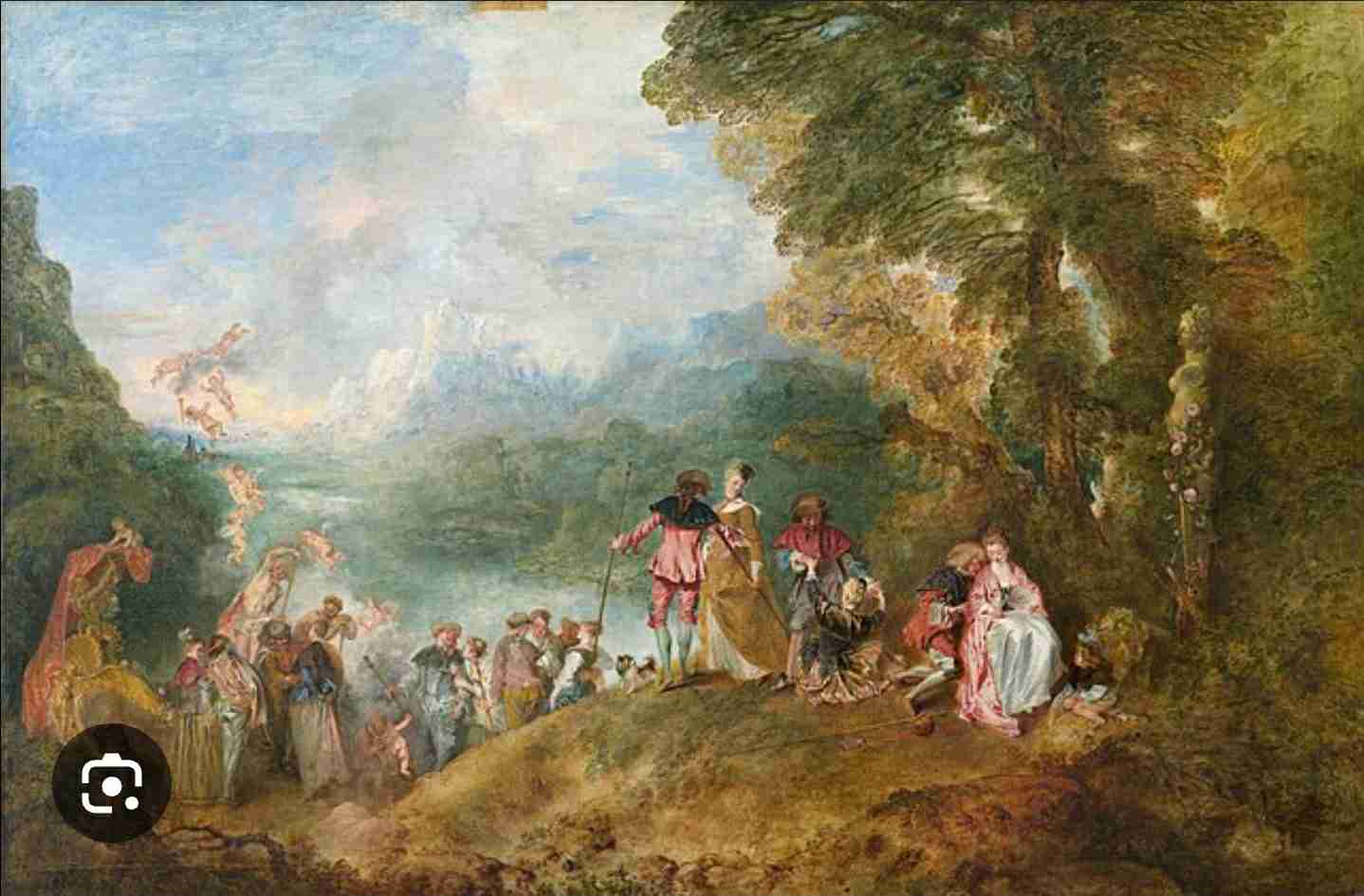
Watteau, The Signboard of Gersaint, Rococo
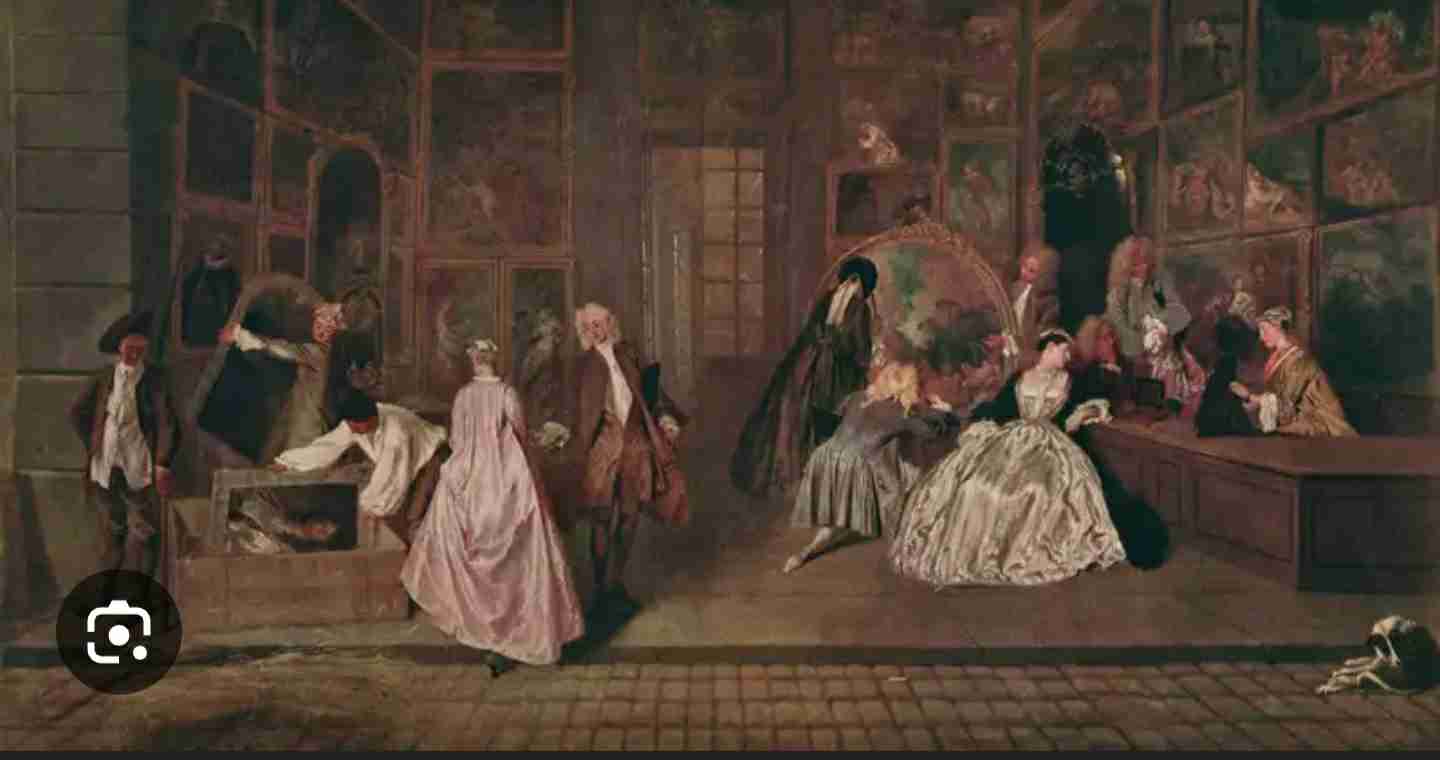
Clodion, Invention of the Balloon, Rococo
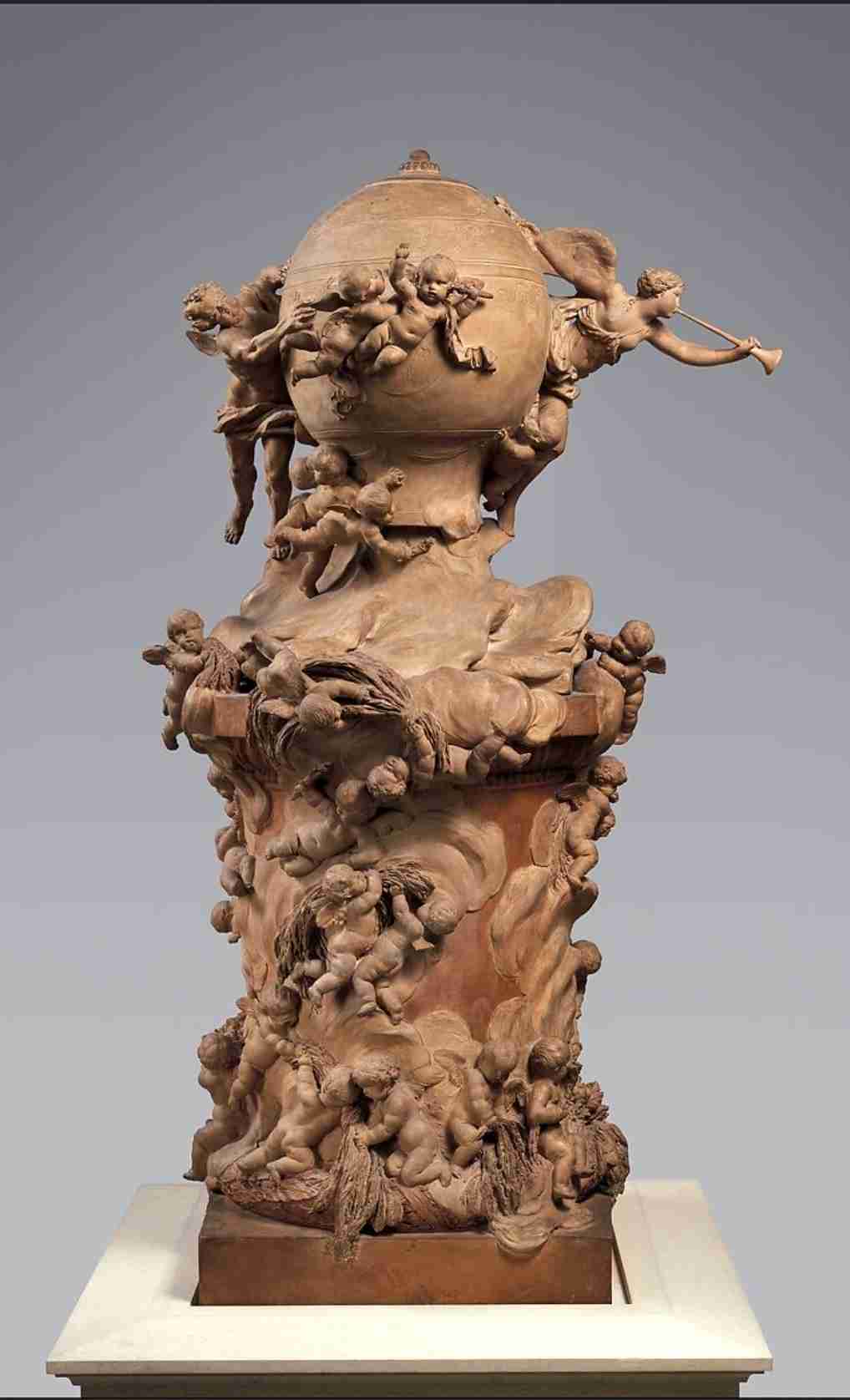
Fragonard, The Swing, Rococo
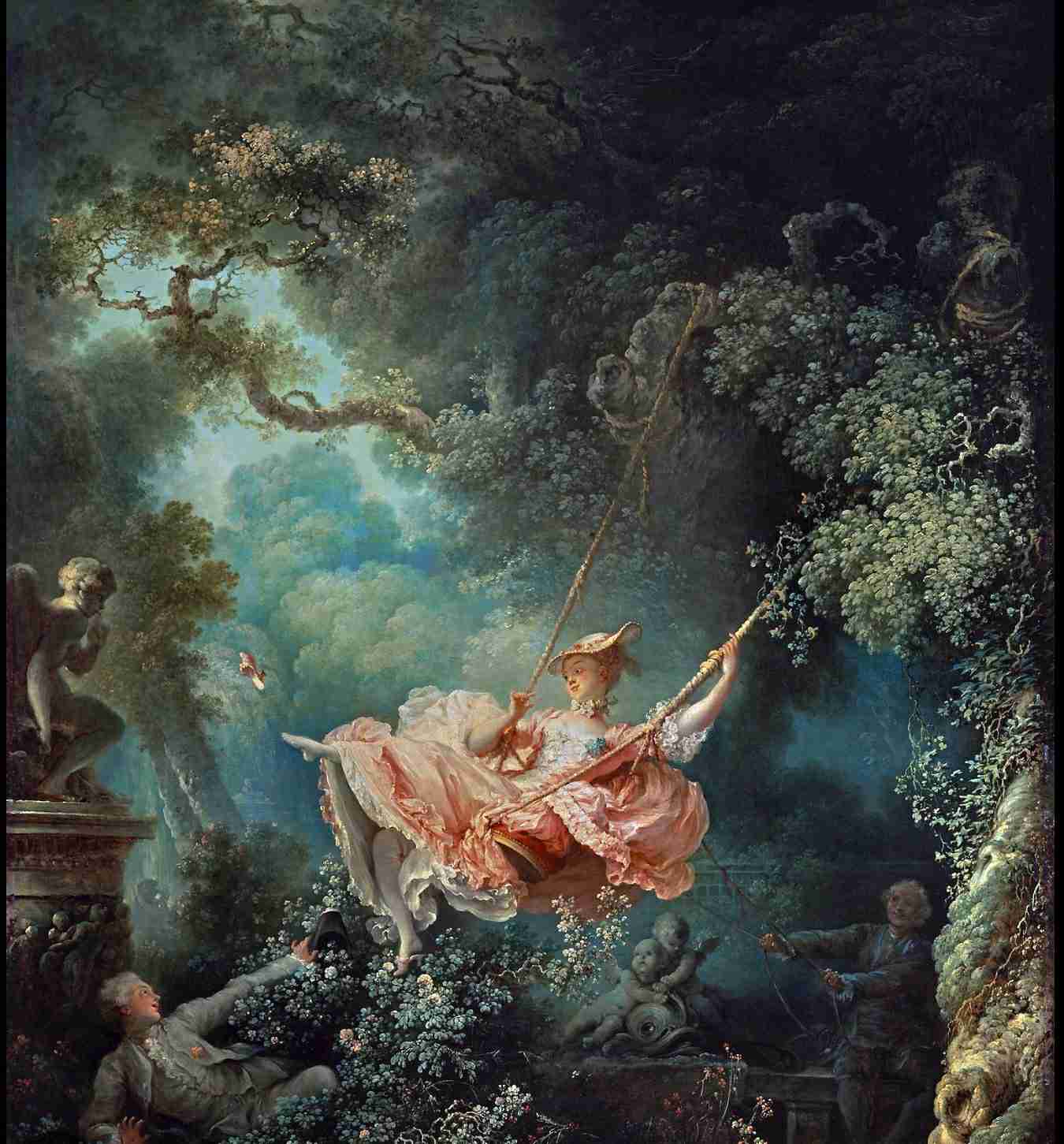
Vigée-LeBrun, Portrait of Marie Antoinette and Her Children, Neoclassicism
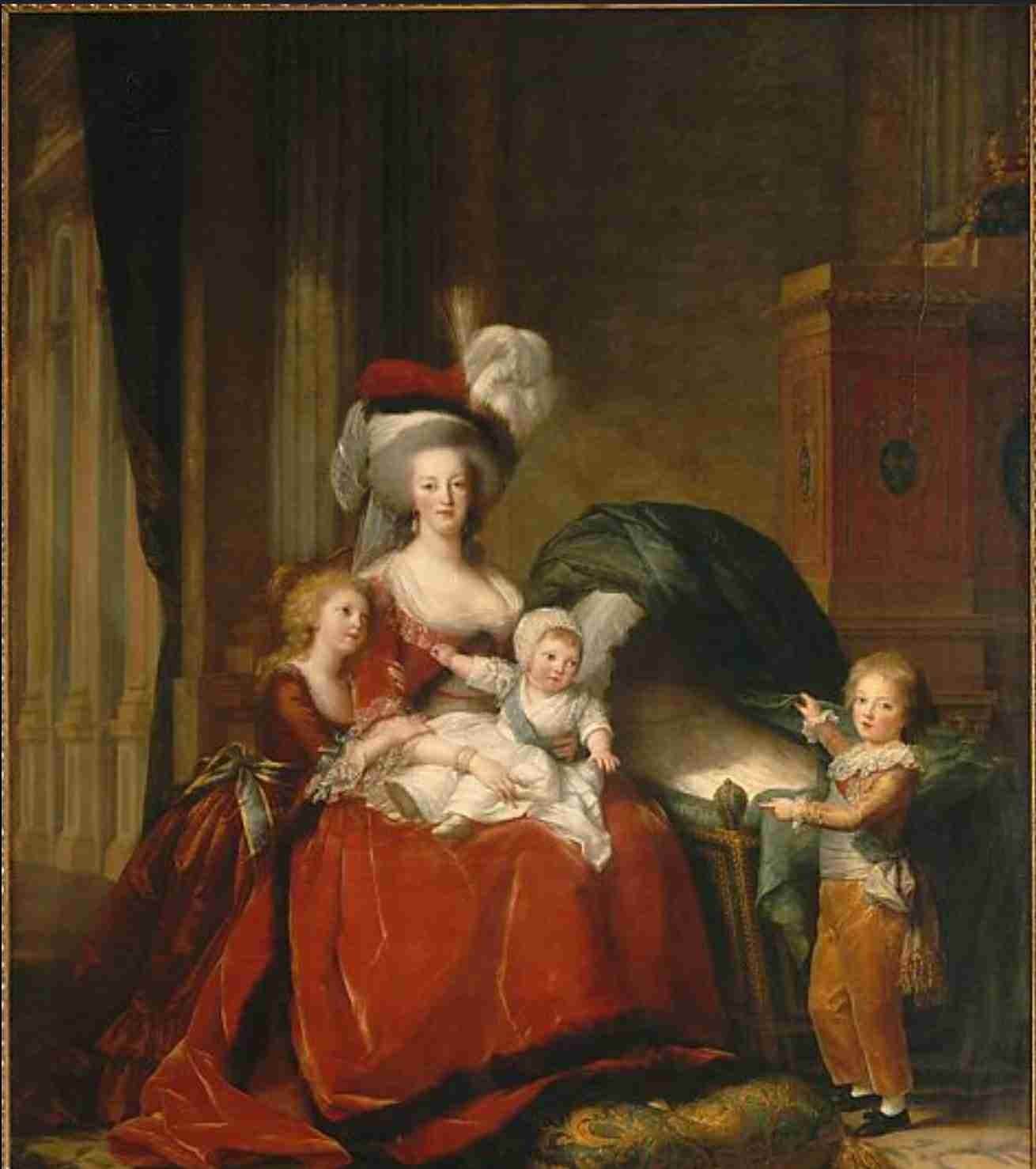
Kauffmann, Cornelia Pointing to Her Children as Her Treasures, Neoclassicism
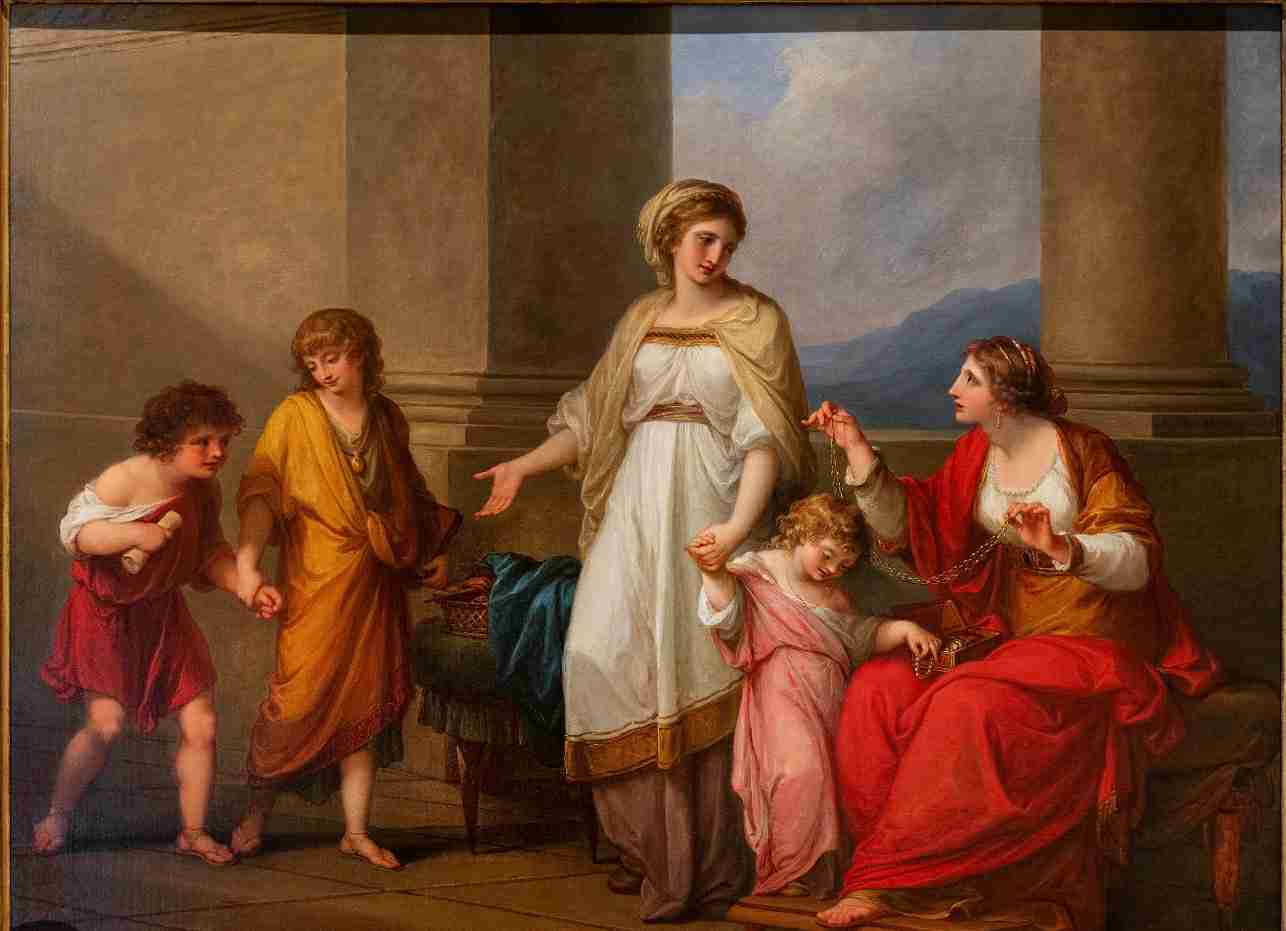
Wedgwood, Vase: Apotheosis of Homer, Neoclassicism
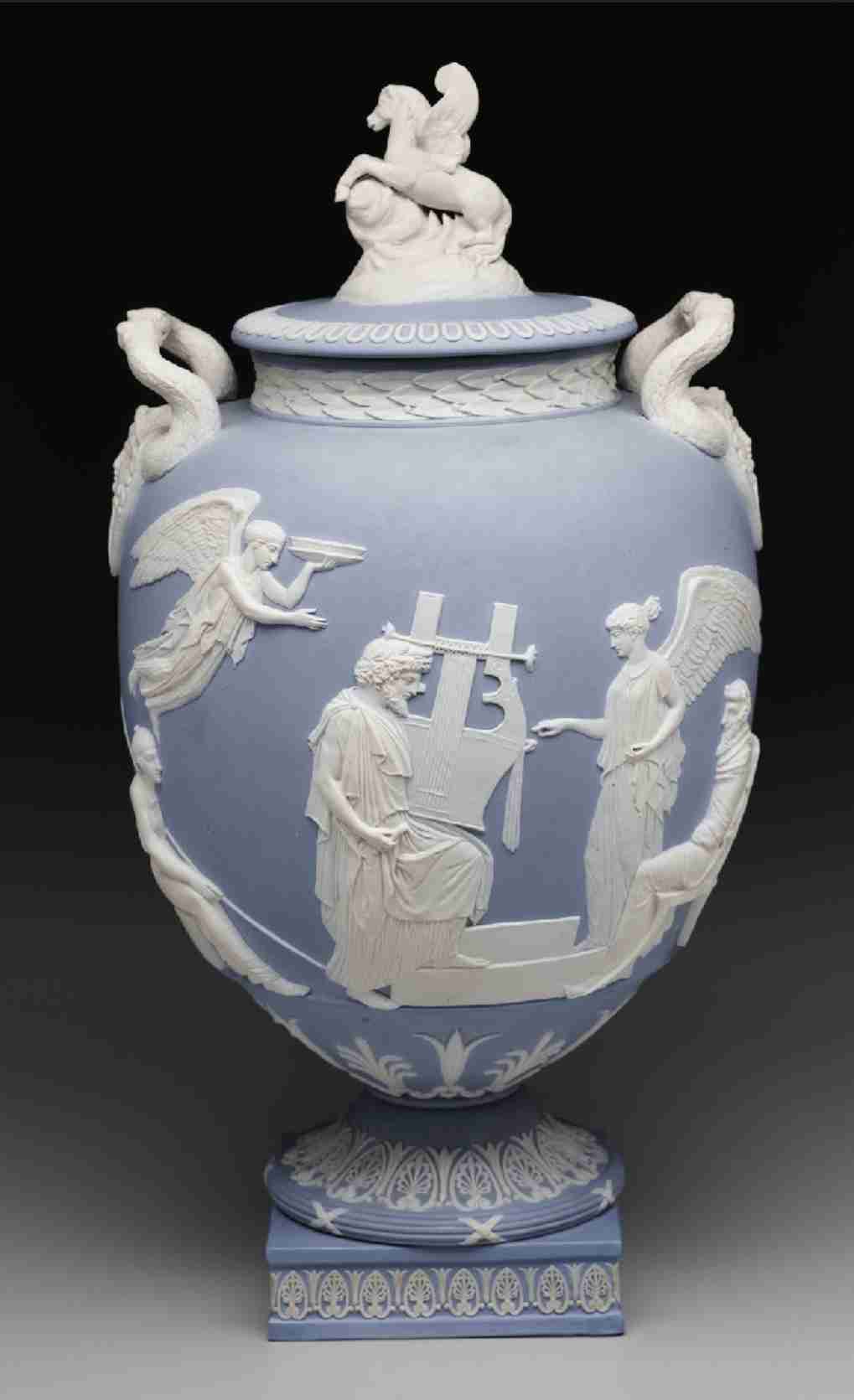
Wedgwood, Abolitionist Medallion, Neoclassicism
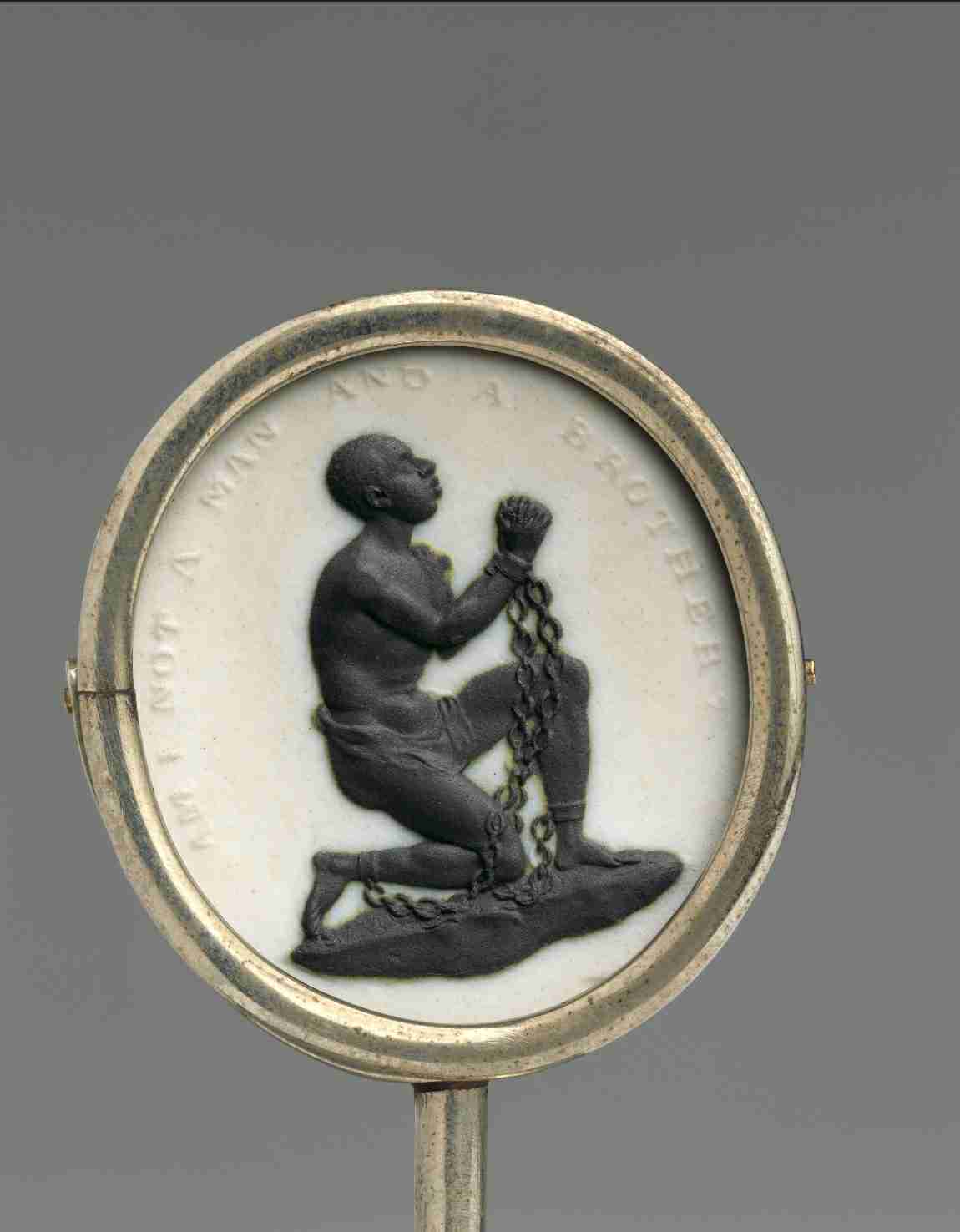
David, The Oath of the Horatii, Neoclassicism

David, The Death of Marat, Neoclassicism
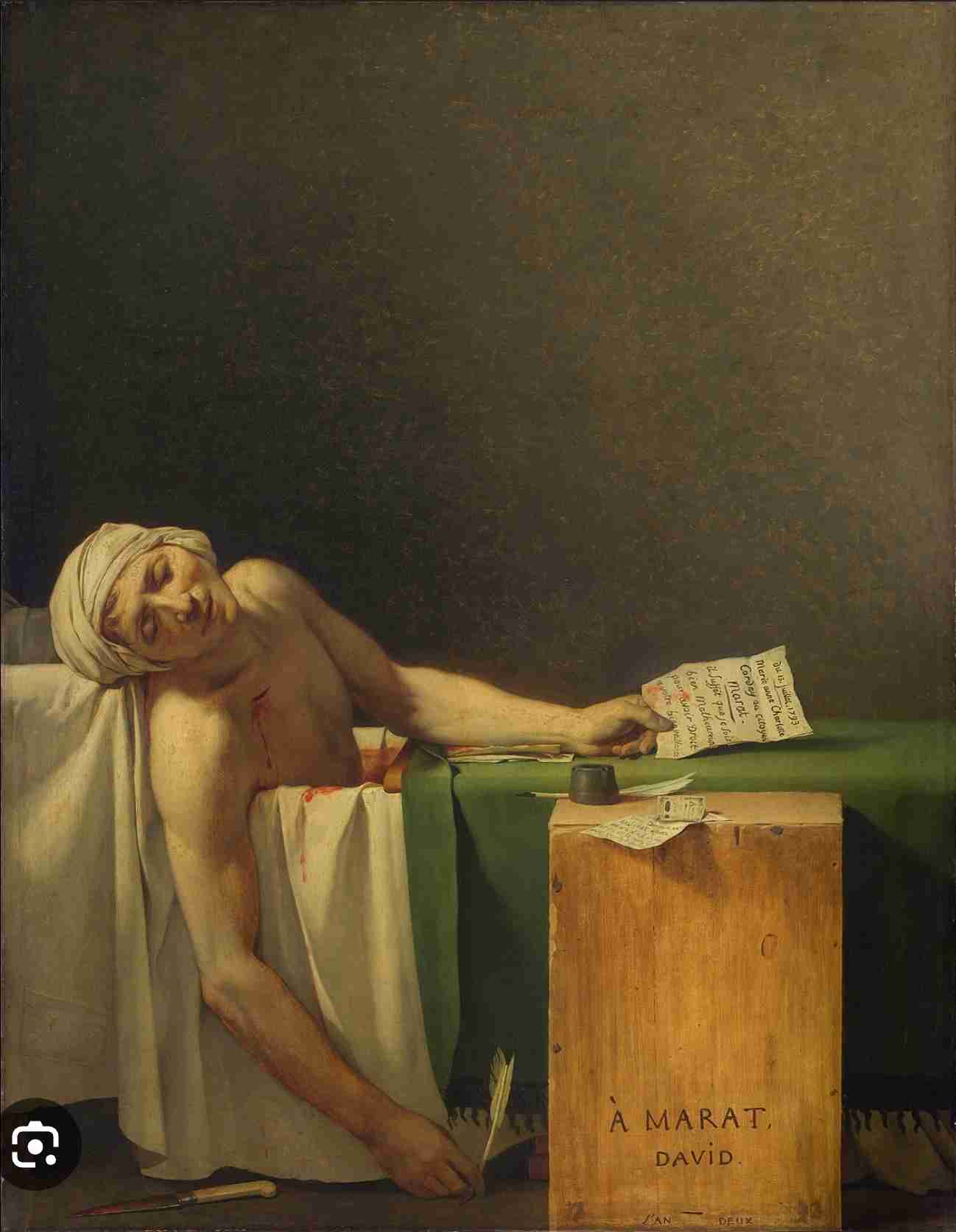
Labille-Guiard, Self-Portrait with Two Pupils, Neoclassicism
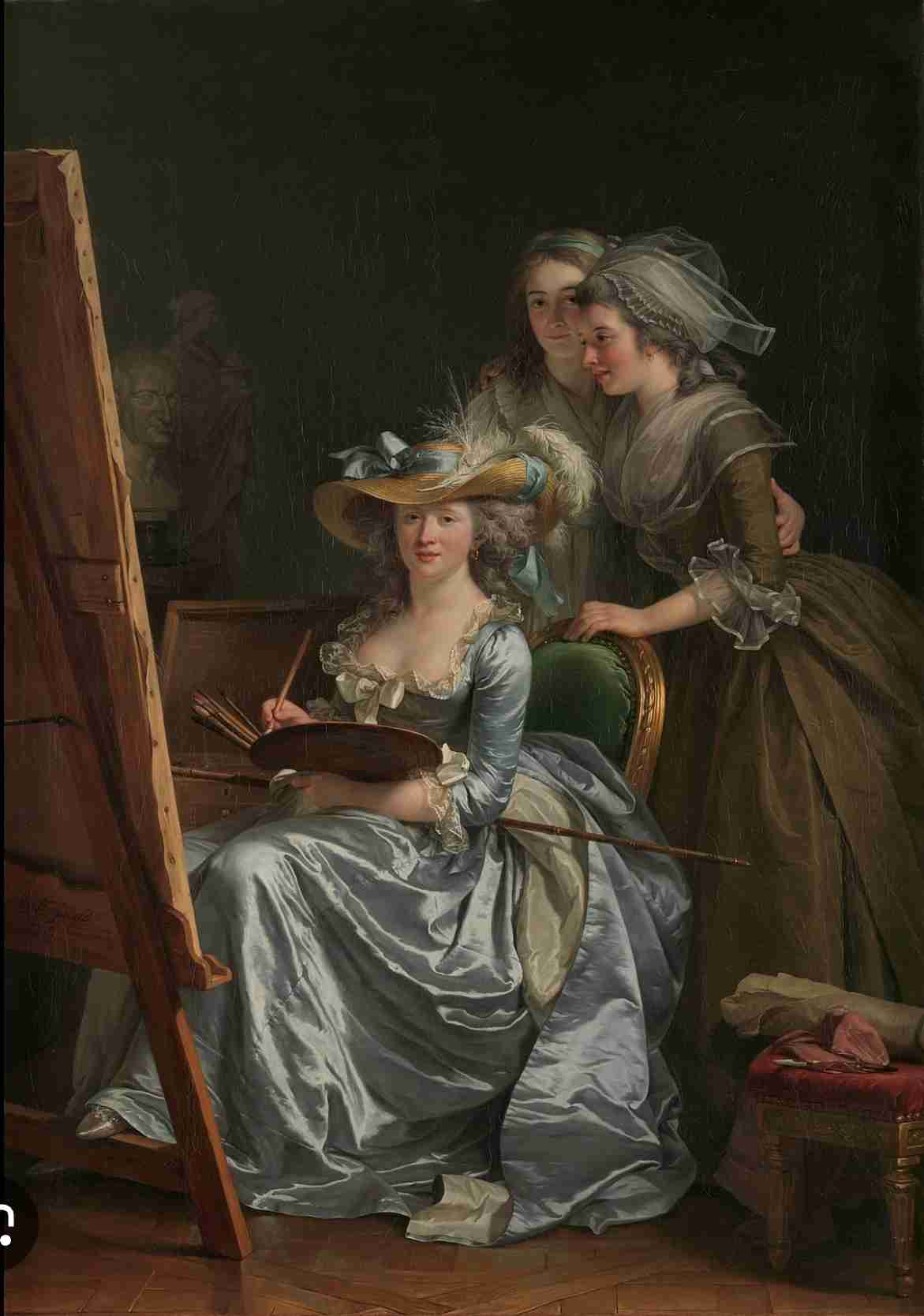
Zoffany, Academicians of the Royal Academy in London, Neoclassicism
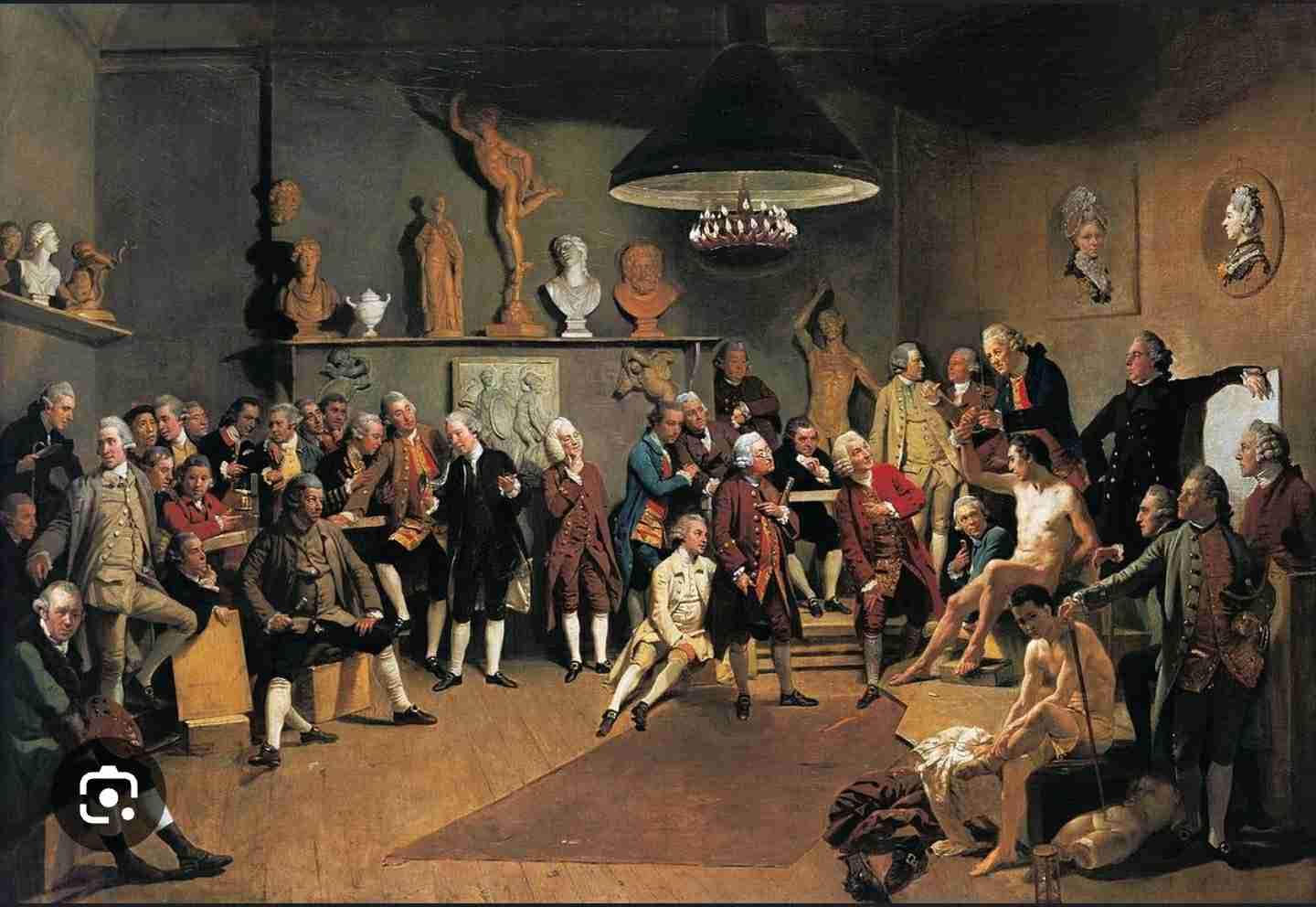
David, Napoleon Crossing the Saint-Bernard, Romanticism
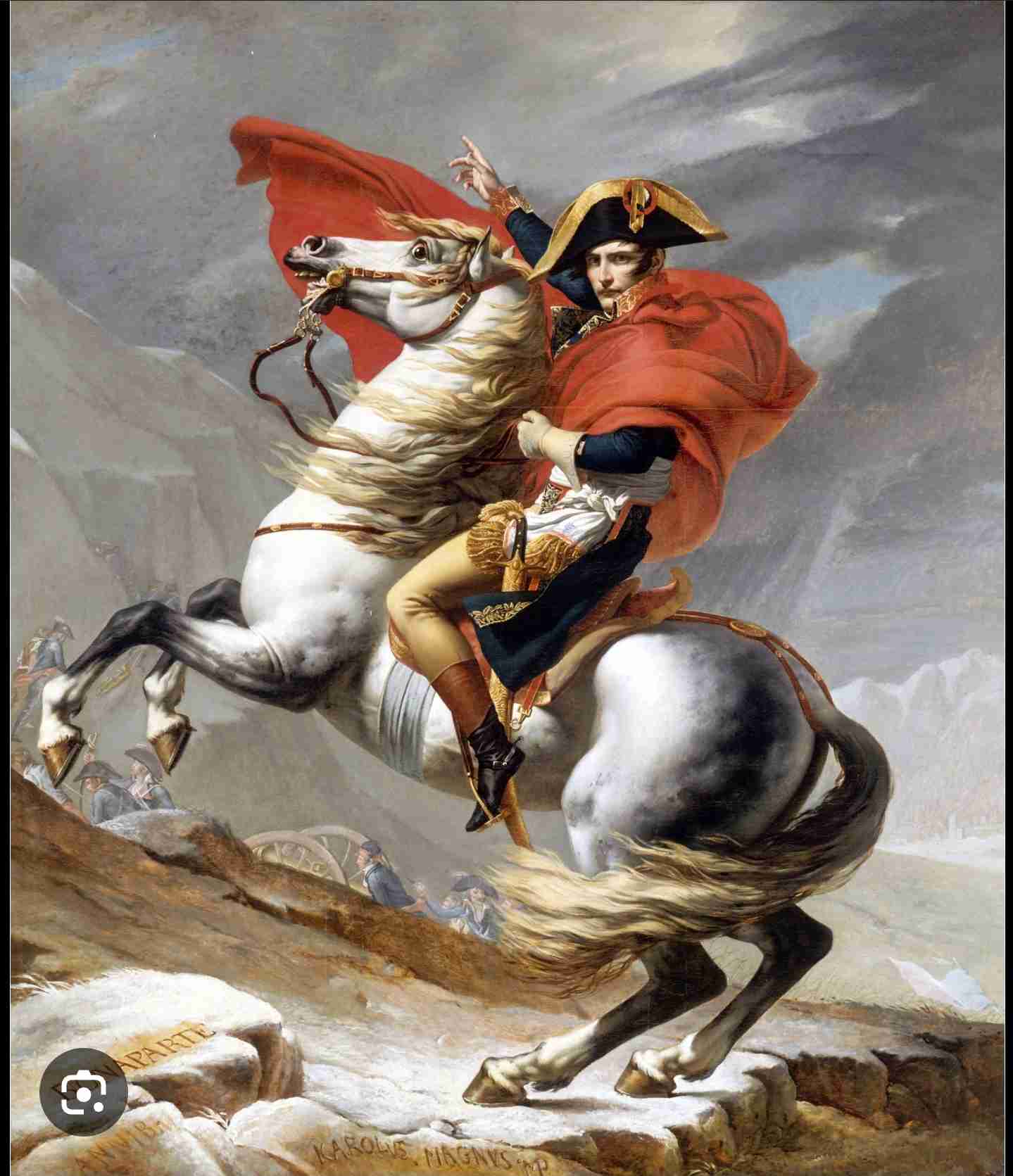
Gros, Napoleon in the Plague House at Jaffa, Romanticism
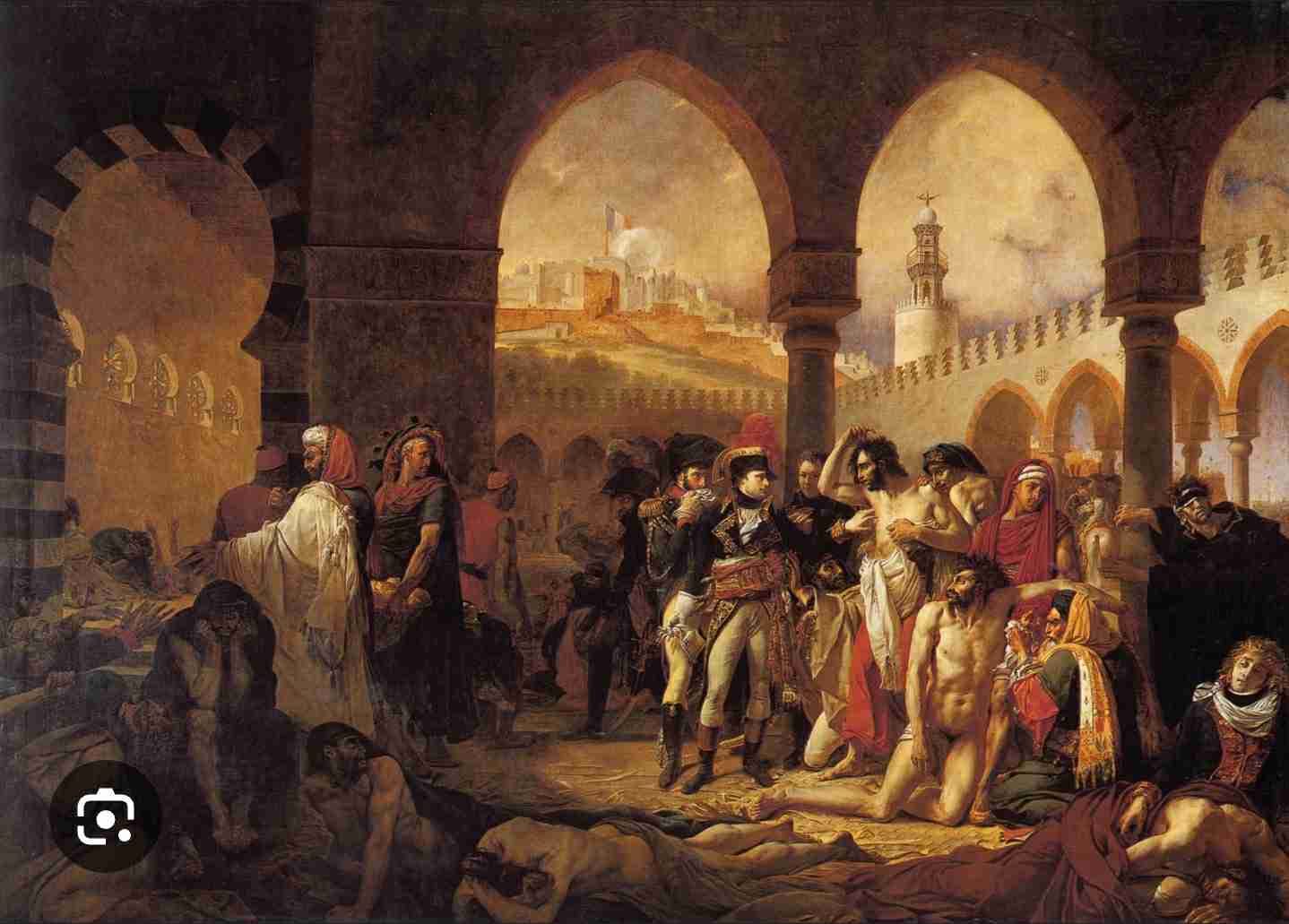
Ingres, The Grande Odalisque, Romanticism
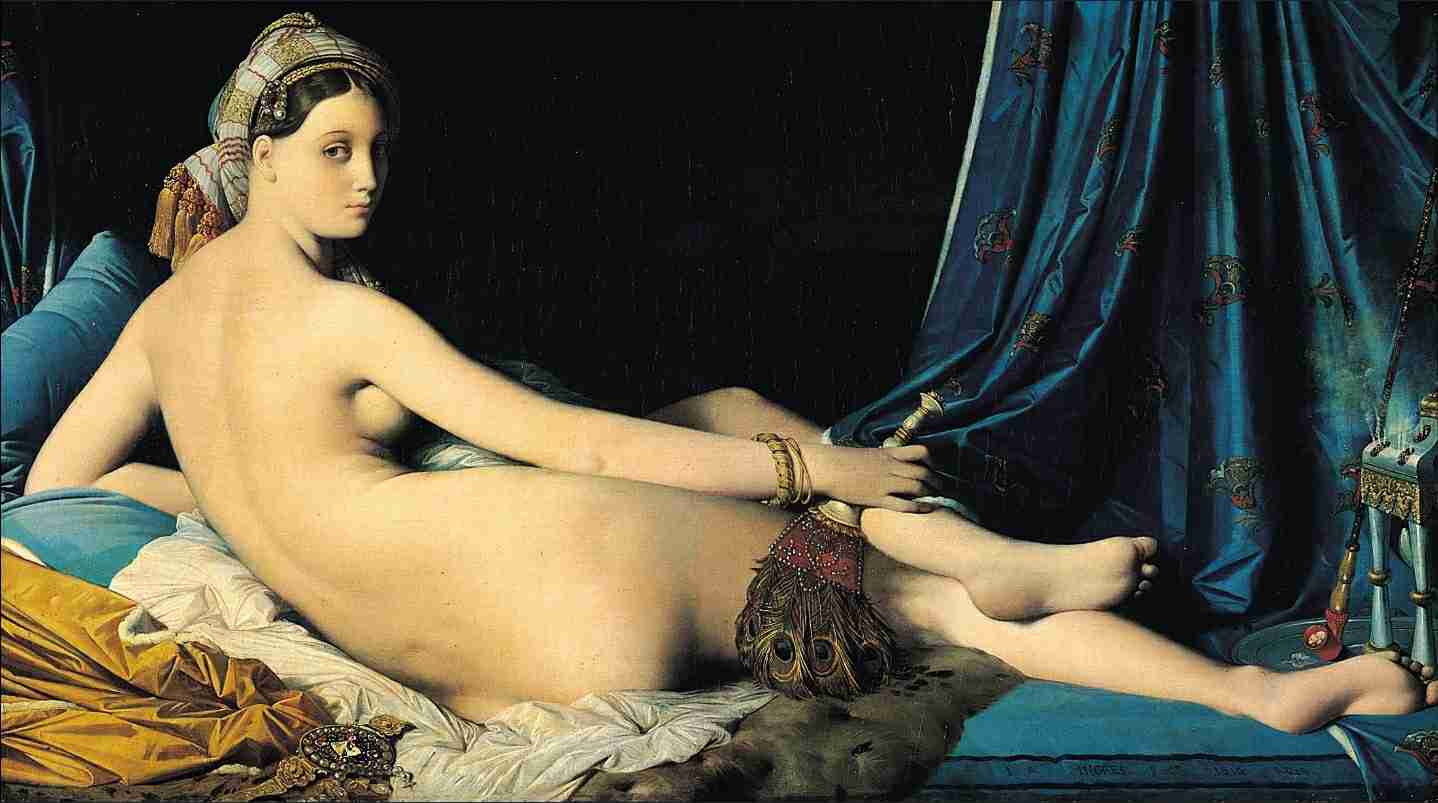
Goya, The Third of May, 1808, Romanticism
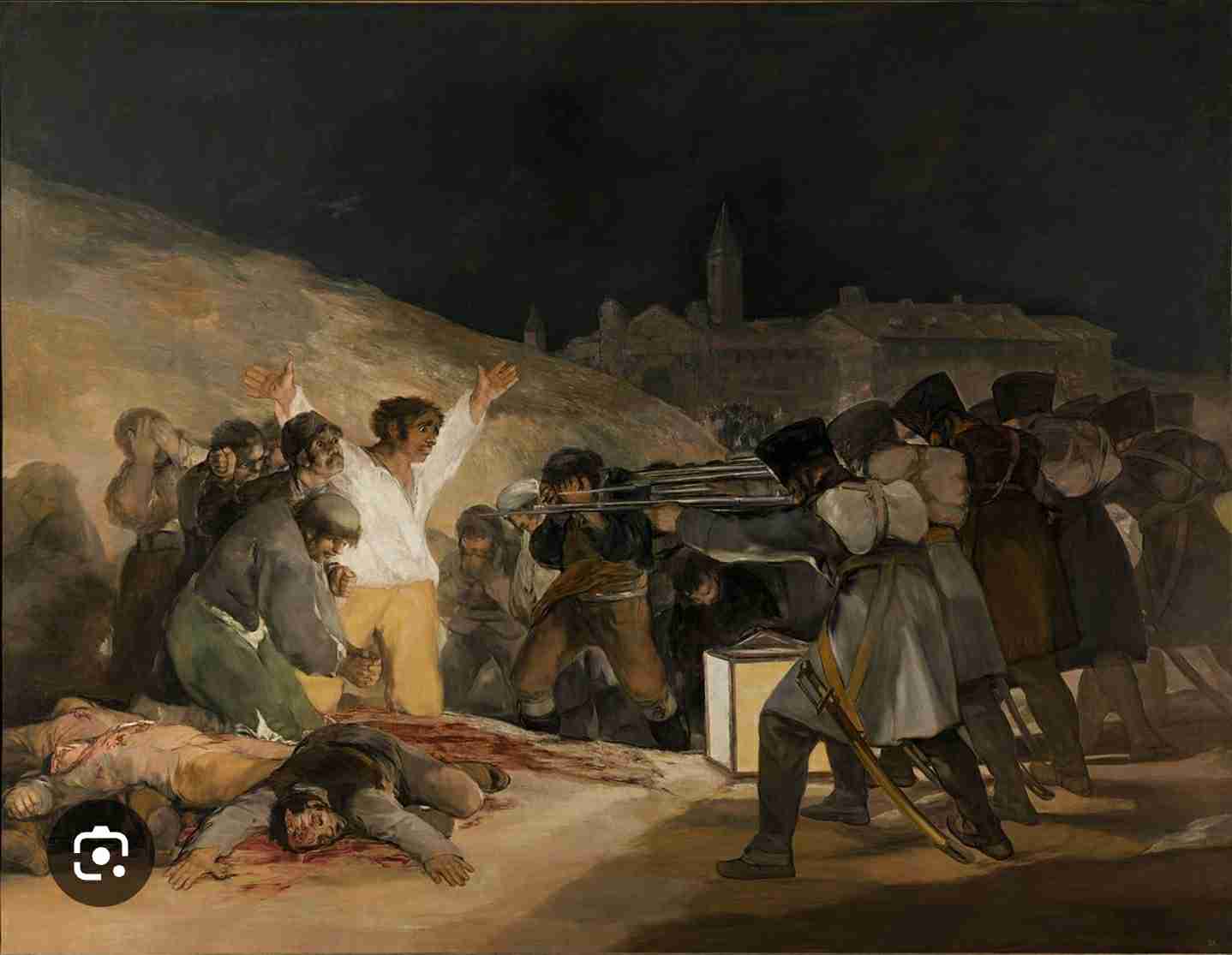
Gericault, The Raft of the Medusa, Romanticism
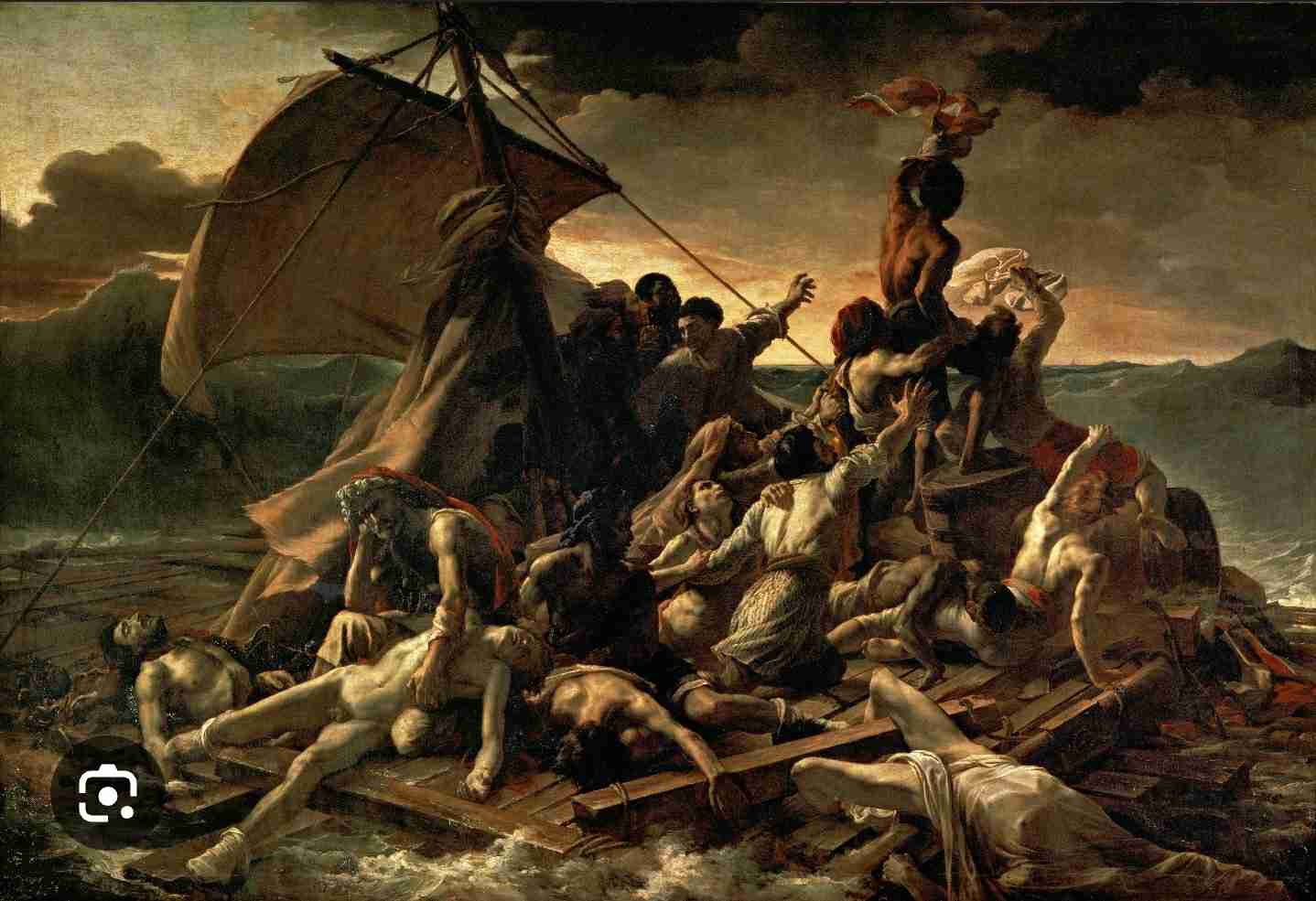
Friedrich, Monk by the Sea, Romanticism
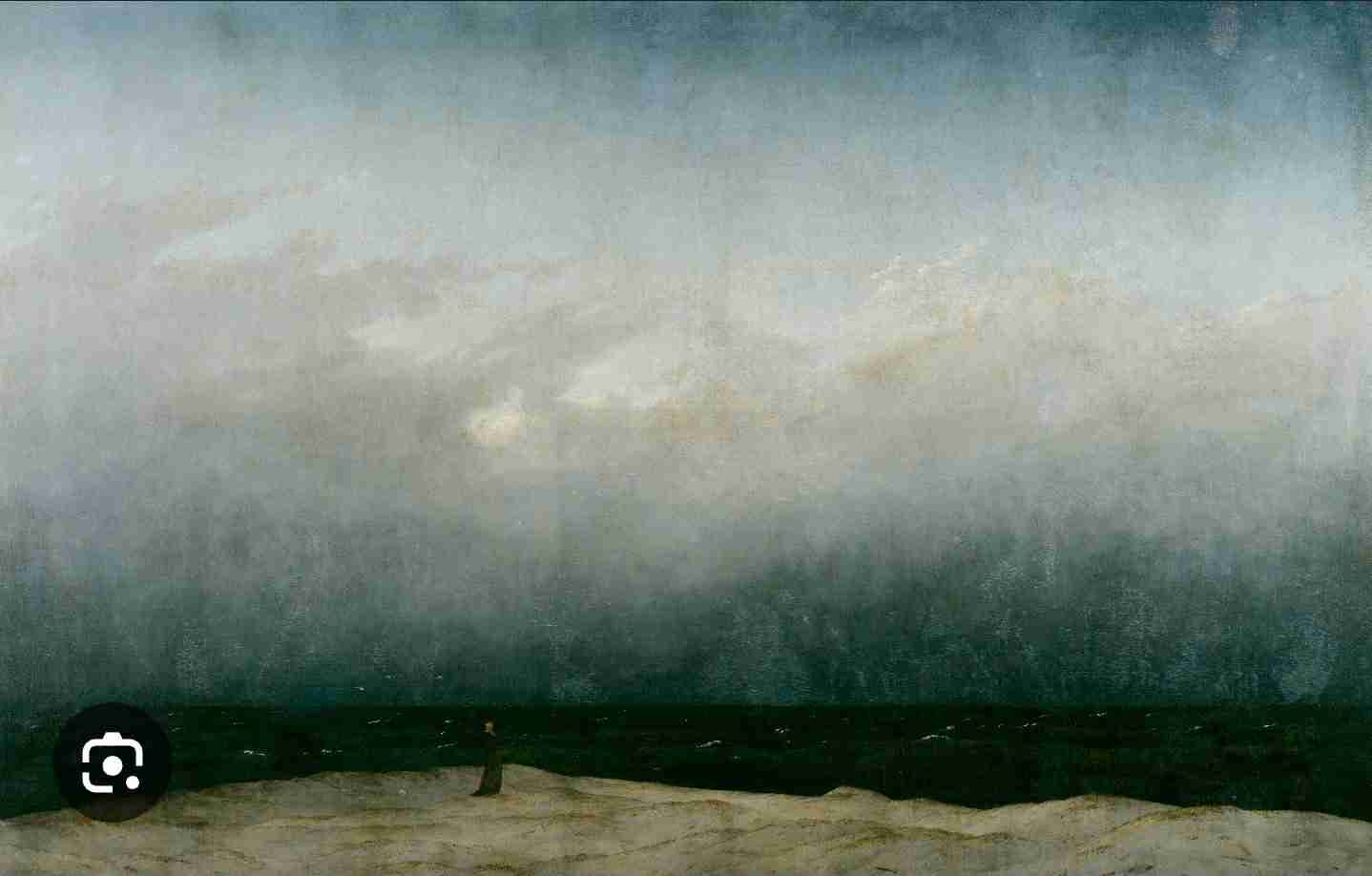
Courbet, The Stone Breakers, Realism
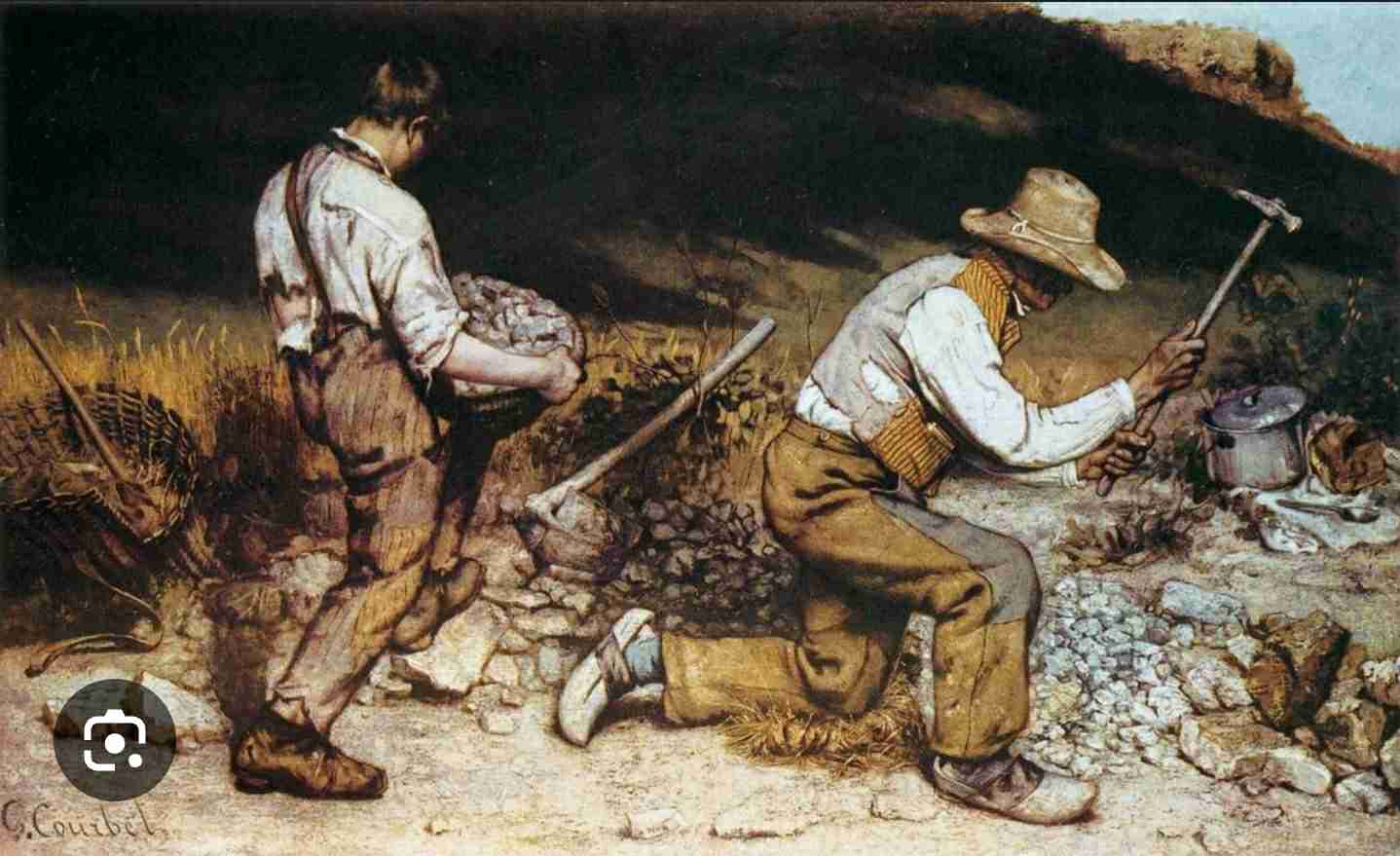
Courbet, The Burial At Ornans, Realism
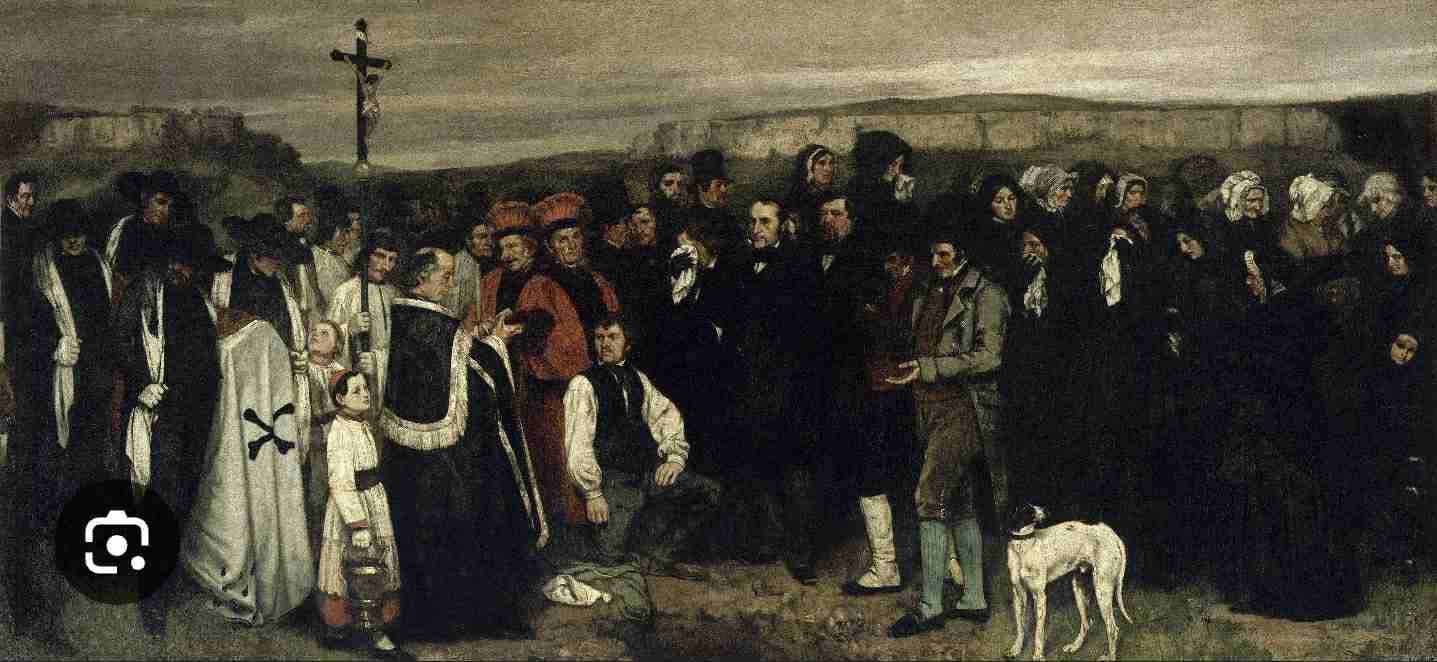
Niépce, View from the Window at Gras, Heliograph
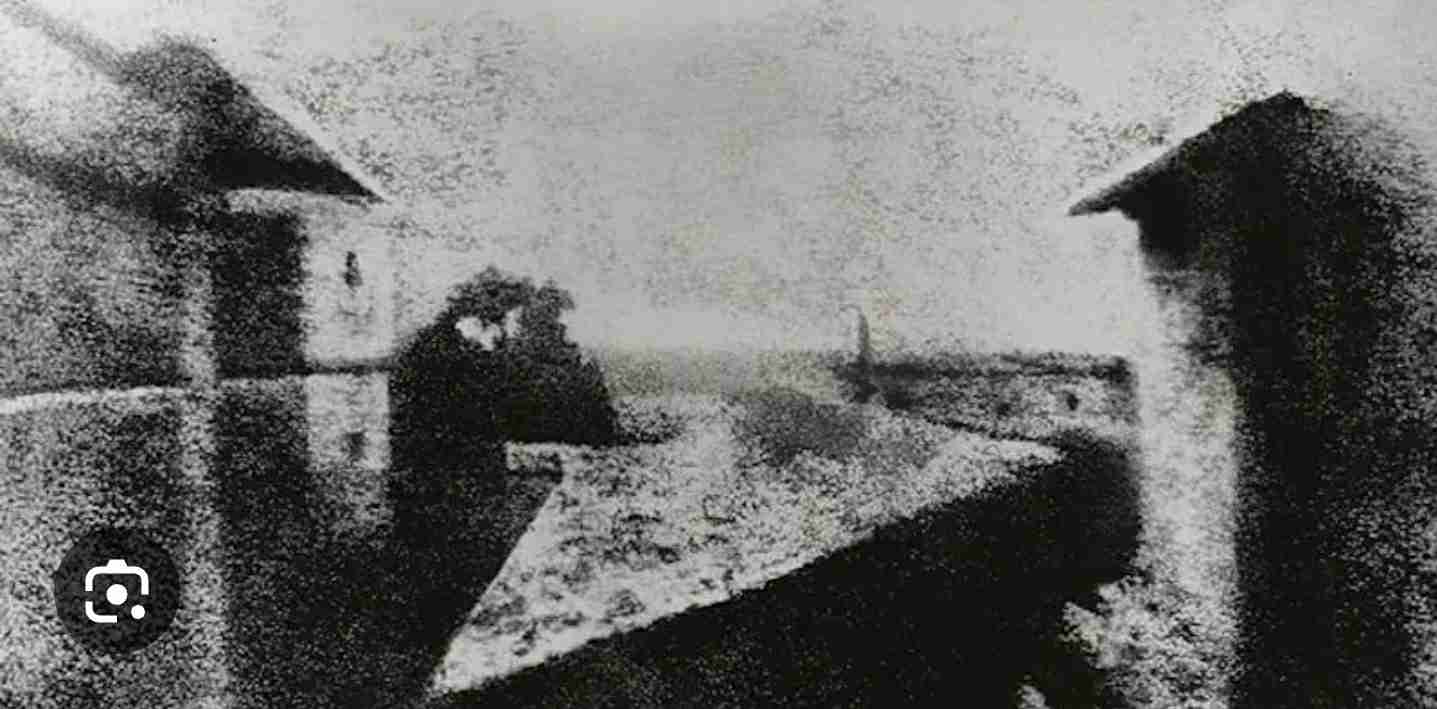
Daguerre, The Artist's Studio, Daguerreotype
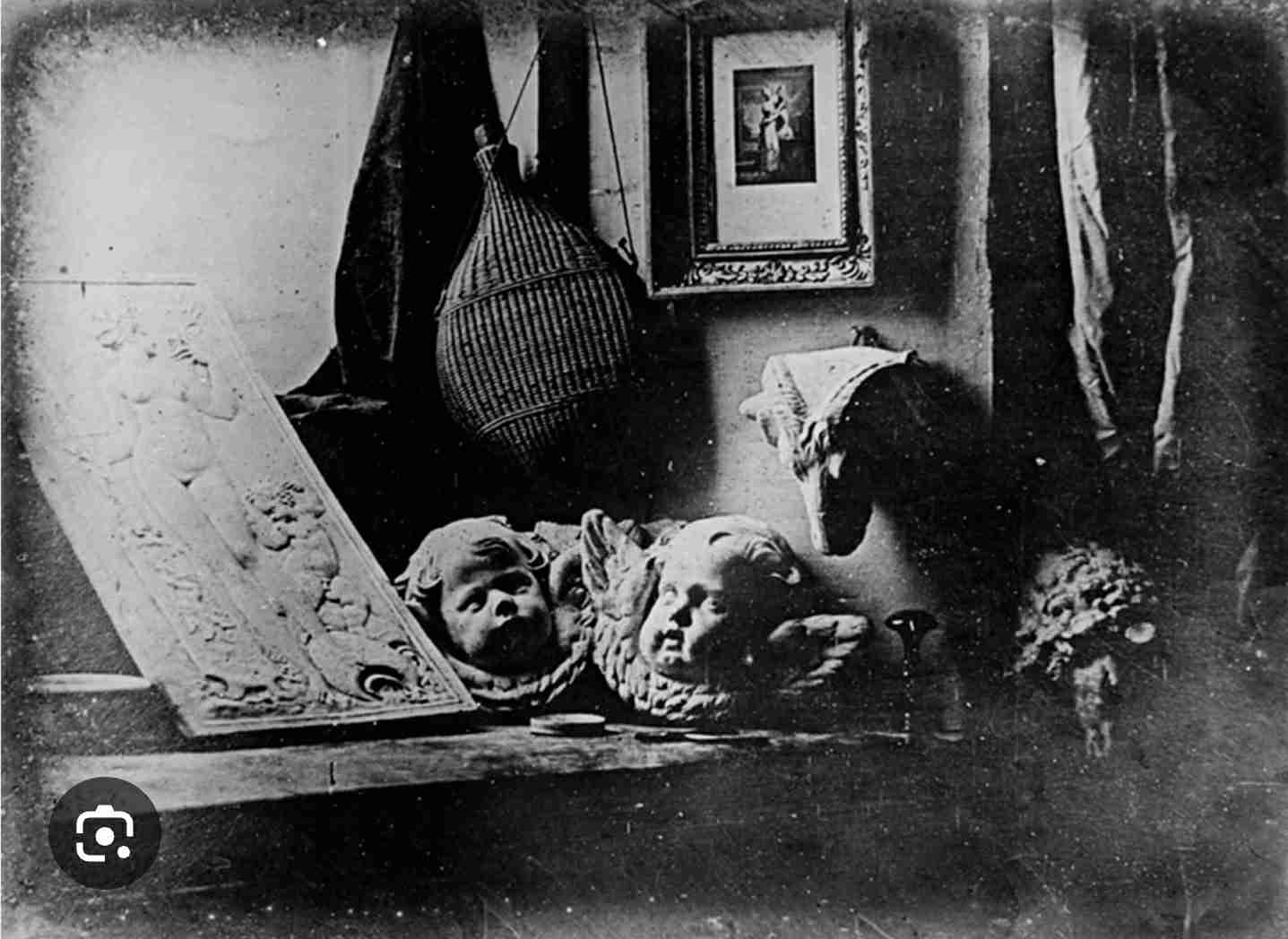
Manet, The Luncheon on the Grass, Realism
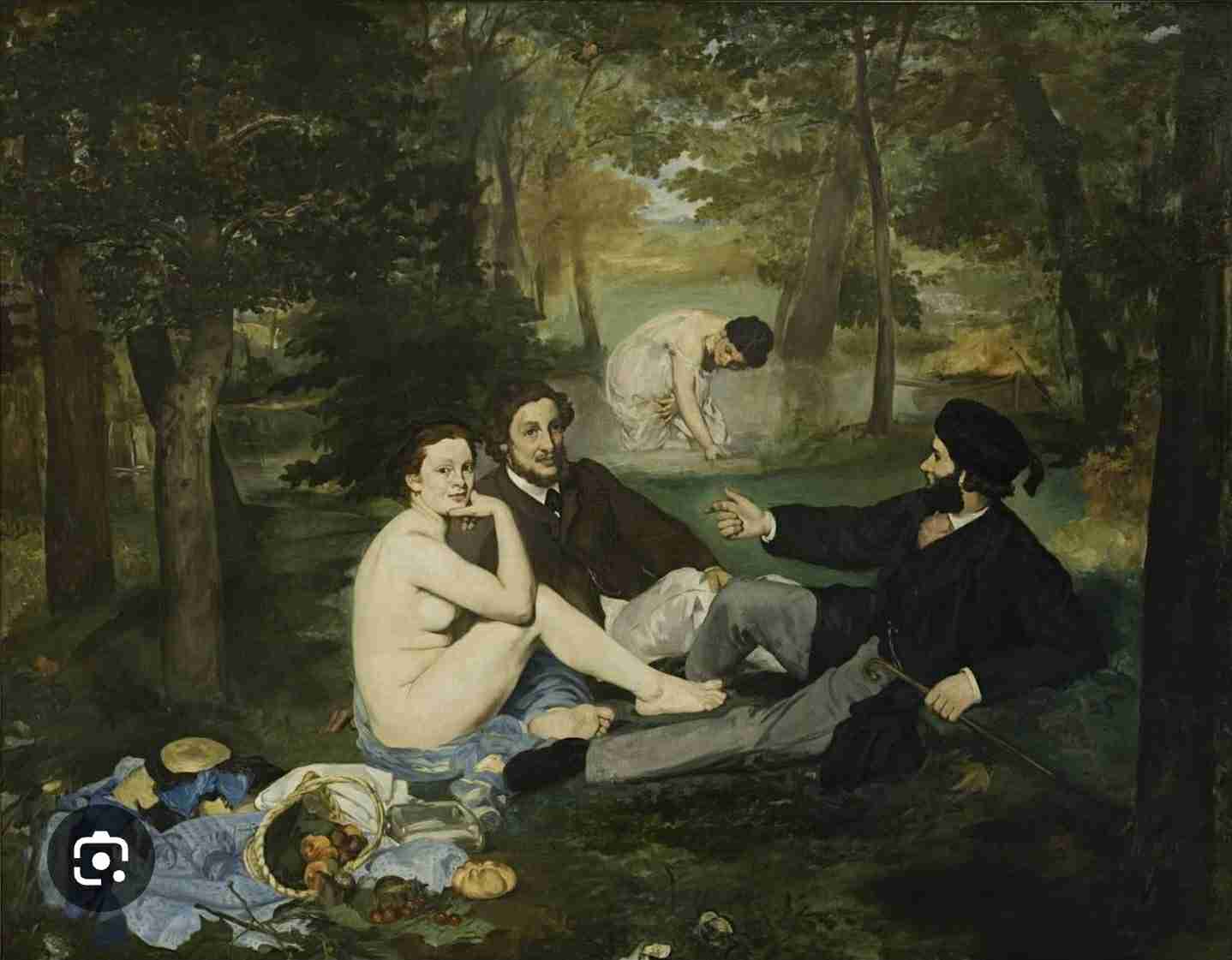
Manet, The Bar at the Folies-Bergère, Impressionism
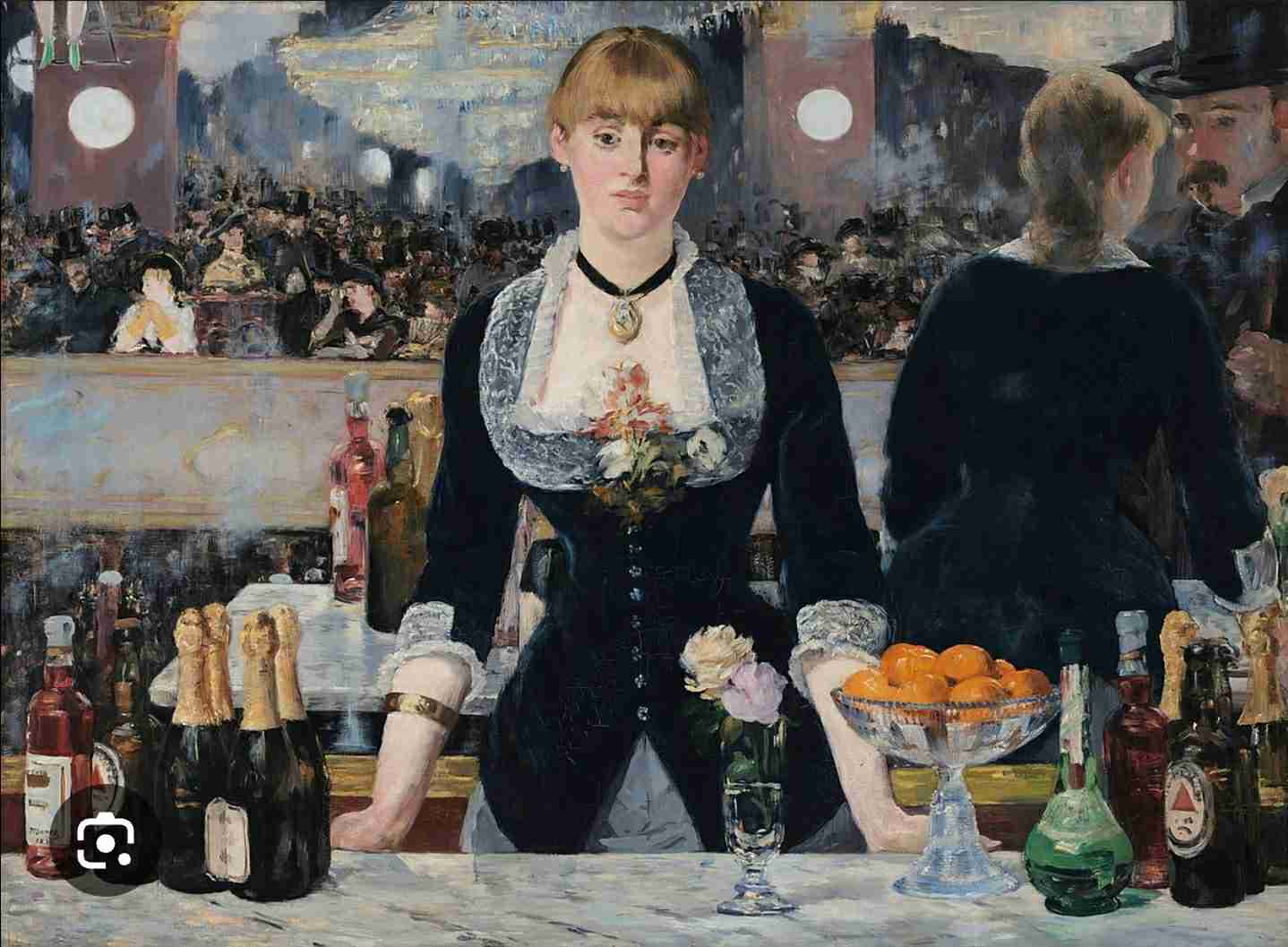
Monet, Impression Sunrise, Impressionism
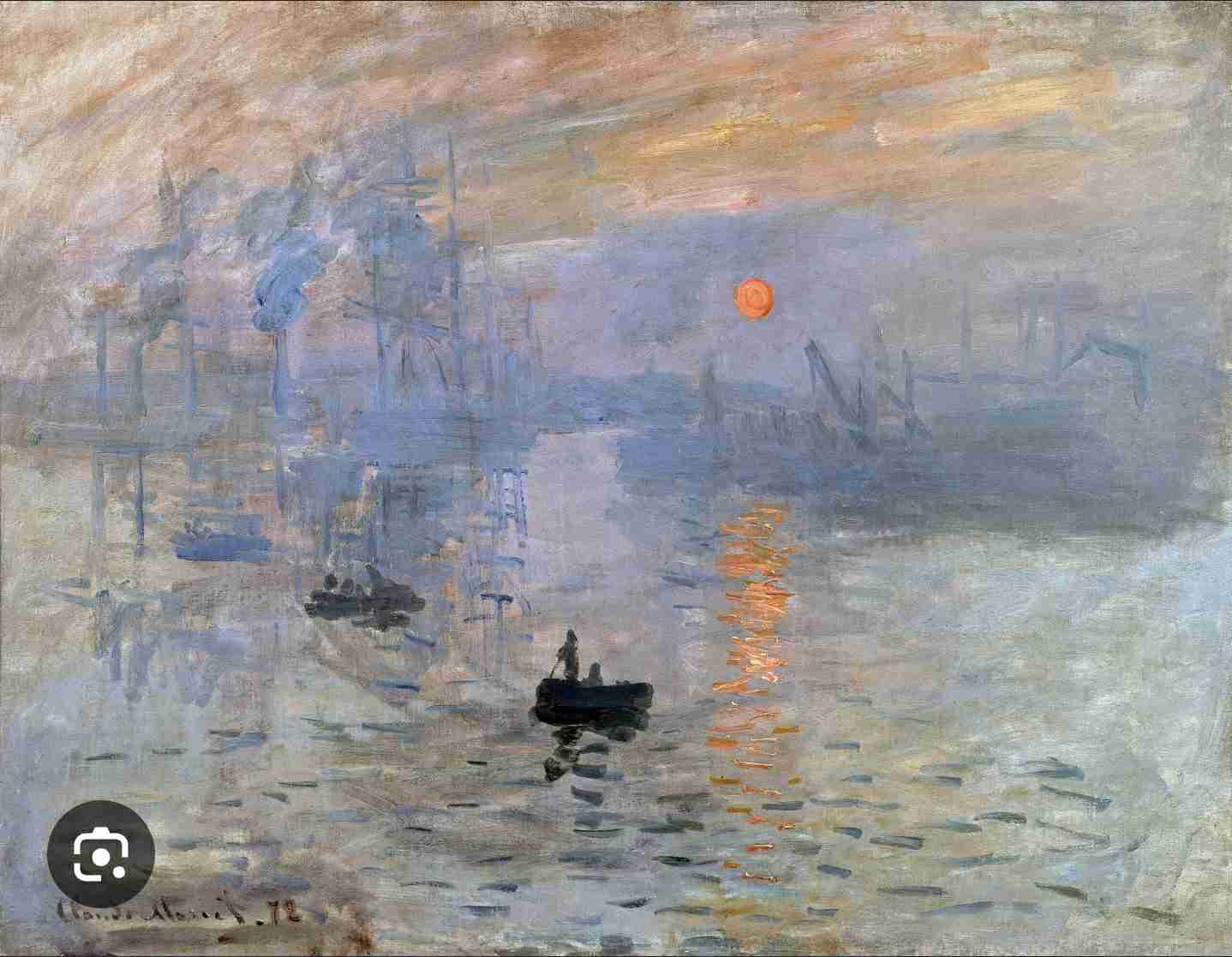
Seurat, Sunday Afternoon on the Island of La Grande Jatte, Post-Impressionism
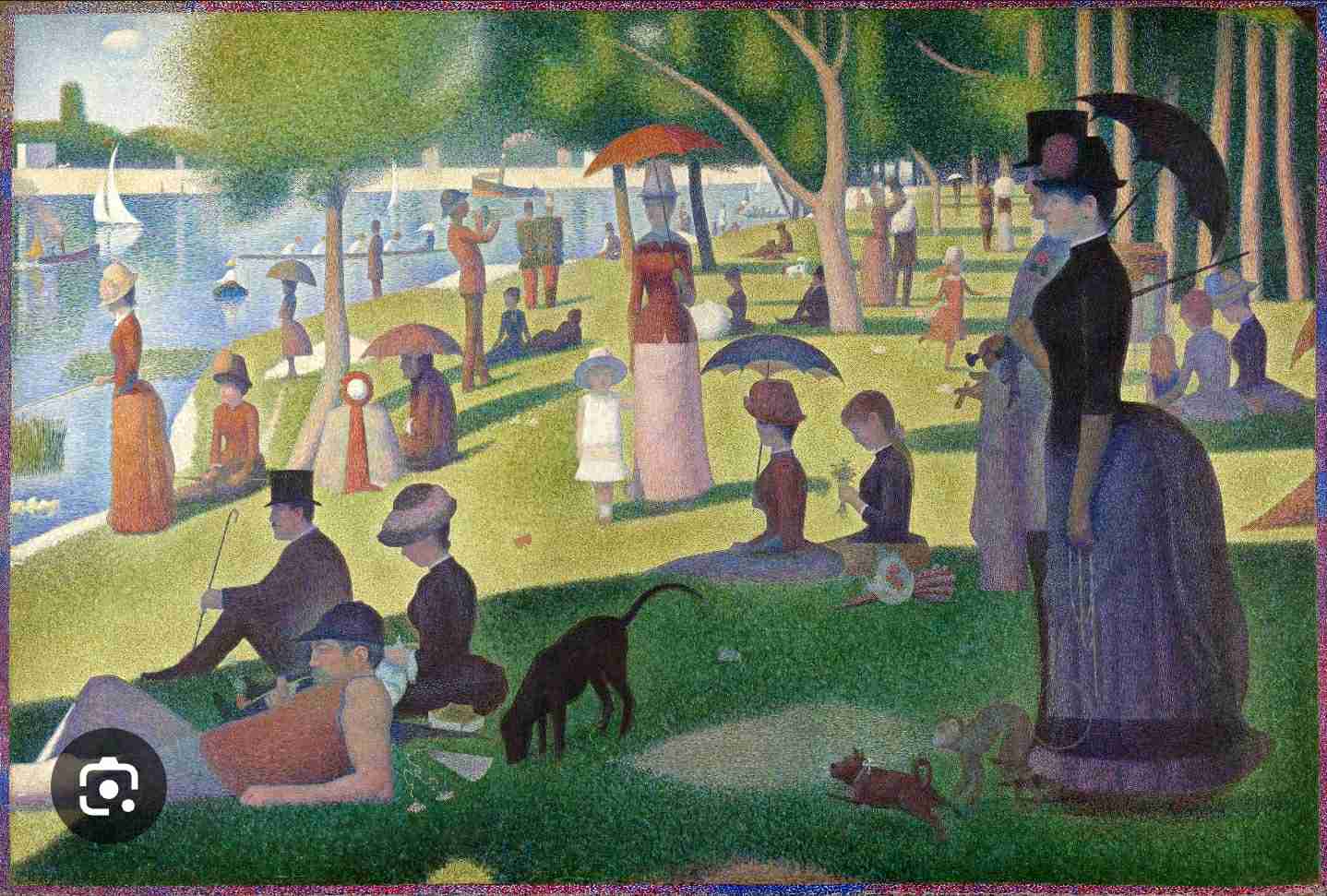
Van Gogh, Starry Night, Post-Impressionism
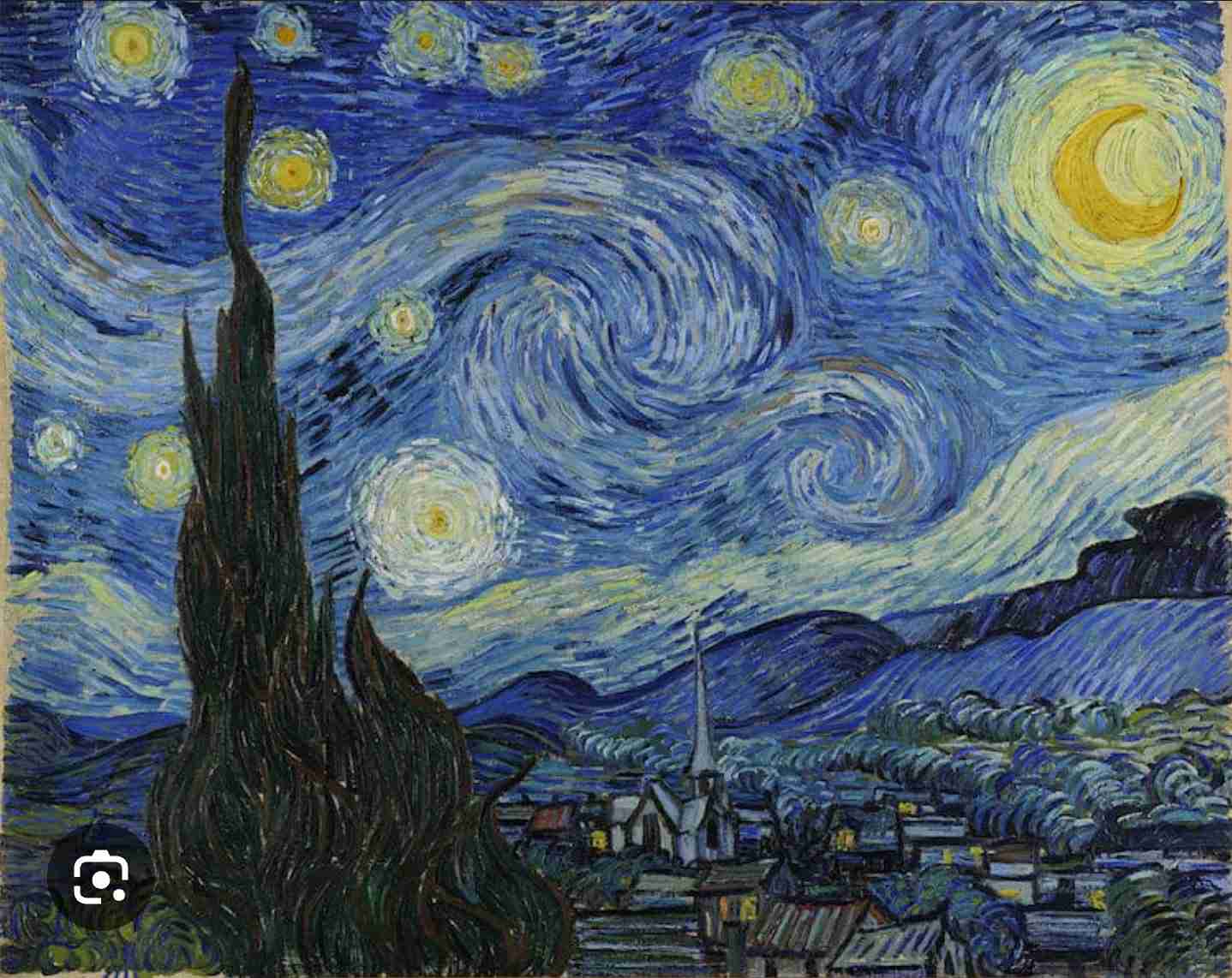
Baroque
A highly decorative and theatrical style of art and architecture that flourished in Europe from the early 17th to the mid-18th century, characterized by grandeur, drama, and movement.
Louis XIV
The King of France from 1643 to 1715, known for his absolute monarchy and the construction of the Palace of Versailles, embodying the Baroque style in his reign.
The Palace at Versailles
A grand royal residence built for Louis XIV, showcasing Baroque architecture and extensive gardens, symbolizing the absolute power of the monarchy.
Rococo
An artistic movement and style that emerged in the early 18th century, characterized by ornate detail, lightness, elegance, and an exuberant use of curves and pastel colors.
rocaille
a style of decoration characterized by intricate, shell-like motifs and ornamental designs often used in Rococo architecture and art.
putti
cherubic figures often depicted in art, usually shown as infants with wings, symbolizing love and divine presence.
fête galante
a type of painting that depicts outdoor social gatherings of the aristocracy, often featuring elaborate costumes and romantic themes, popular in Rococo art.
hôtel
a type of grand townhouse or mansion, particularly in France, often associated with the wealthy and aristocratic class during the 17th and 18th centuries.
salon
a gathering of influential people, particularly artists and intellectuals, held in a private home, often to discuss art, literature, and culture, popular in 17th and 18th century France.
on spec
referring to work done without a contract or guarantee of payment, typically in creative fields like writing and art.
Denis Diderot
A French philosopher, art critic, and writer, best known for co-founding the Encyclopédie, which aimed to gather and disseminate knowledge during the Enlightenment.
Enlightenment philosophy
A movement emphasizing reason, individualism, and skepticism of traditional authority, influencing various fields such as science, politics, and ethics in the 17th and 18th centuries.
Neoclassical
A style in art and architecture that draws inspiration from classical antiquity, characterized by symmetry, simplicity, and an emphasis on harmony and proportion.
Marie Antoinette
Queen of France, known for her extravagant lifestyle and role during the French Revolution.
"the good mother"
A term used to describe an idealized version of motherhood, emphasizing nurturing, self-sacrifice, and moral guidance.
Johann Joachim Winkelmann
A German art historian and archaeologist, often regarded as the father of modern art history, known for his writings on classical art and archaeology.
Hierarchy of Genres at the Academy
History paintings, Portraiture,Genre painting, landscape, still life
The Academy
A new form of art institution that valued naturalism(close replication of nature) and narrative art. Training often consisted of copying from the greats, drawing from Plaster casts of ancient sculpture, and still life drawings.
Salon livret
An official catalog of works exhibited at the Salon, listing artists and their artworks, often used to gauge public and critical response to art.
Marat
A prominent figure in the French Revolution and of the Jacobin party, known for his radical journalism and as a martyr for the revolutionary cause.
Charlotte Corday
A French revolutionary figure known for assassinating Jean-Paul Marat, believing it would help restore peace to France.
The Reign of Terror
A period during the French Revolution characterized by extreme political repression and mass executions of perceived enemies of the revolution.
Napoleon Bonaparte
A military leader who rose to prominence during the French Revolution and later became Emperor of the French, known for his significant reforms and expansion of the French Empire.
Romanticism
An artistic and intellectual movement that emphasized emotion, individualism, and the glorification of nature, often reacting against the rationalism of the Enlightenment.
the Sublime
a concept in art and literature that evokes a sense of awe and beauty, often through the depiction of nature's grandeur or the overwhelming power of the universe.
Orientalism
A cultural and artistic movement that portrayed the Eastern world through a Western perspective, often characterized by exoticism and stereotypes, influencing literature and art in the 19th century.
odalisque
a female slave or concubine in a harem, often depicted in art as a symbol of exotic beauty and sensuality.
Realism
An artistic movement that rejected the ideal and aimed to show life how it really was
avant-garde
An art movement that aimed to break out of artistic conventions and create new ideas and techniques for art.
camera obscura
Very first camera like device used to project an image onto a surface, which was used by artists for perspective drawings
aperture
opening in a camera lens that controls the amount of light that enters the camera, which affects depth of field and exposure
heliograph
Used sunlight to create images on surface by utilizing a light sensitive material
daguerreotype
Early photographic process known for detailed results for its time, used by artists to capture images for still lifes
modernism
art movement that aimed to draw attention to the fact that it’s pieces are art. The style often emphasized the mediums used to make the piece such as paint strokes.
Impressionism
an art movement characterized by small, thin brush strokes and images of landscapes and nature.
Post Impressionism
An art movement that had similar style to Impressionism, but rejected some of the limitations of Impressionism and was overall more abstract with it’s style.
pointilism
Using dots on a canvas to create something
Expressionism
A movement focused on distorting the world artistically in order to evoke a certain emotion
Theory of complementary color
a color exerts its compliment on neighboring colors